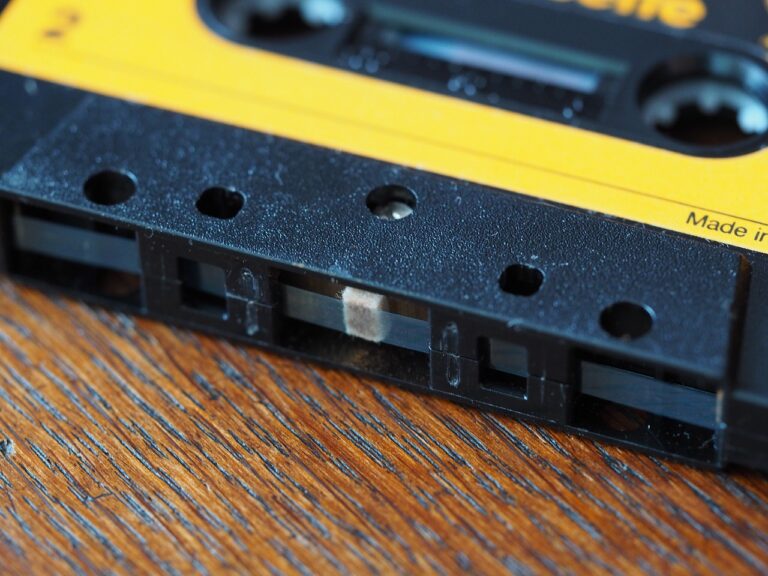Fashion and Cultural Revival: Traditional Garments Reimagined for Modern Audiences
Traditional garments from different cultures offer a glimpse into the rich tapestry of humanity’s sartorial expressions. Each ensemble is a testament to the history, values, and artistic sensibilities of a particular community. From the intricate embroidery of Indian saris to the vibrant patterns of African kaftans, these garments not only clothe the body but also serve as a visual language that communicates tradition and identity.
Moreover, traditional garments play a significant role in ceremonies and celebrations, where they are donned with pride and reverence. Whether it’s the flowing robes of a Middle Eastern wedding or the elaborately beaded attire of a Native American powwow, these garments have the power to transcend time and space, connecting individuals to their heritage and ancestors. As globalization continues to blur cultural boundaries, the preservation and appreciation of traditional garments become all the more crucial in safeguarding our diverse and colorful sartorial heritage.
History and Significance of Traditional Garments
Traditional garments have been an integral part of various cultures around the world for centuries. These garments are not only a form of clothing but also carry deep cultural and historical significance. They often reflect the identity, beliefs, and values of the community to which they belong.
The history of traditional garments dates back to ancient times when people used clothing not just for protection but also as a way to differentiate themselves from other groups. These garments were often passed down from generation to generation, showcasing the craftsmanship and artistry of the culture. Today, traditional garments continue to be worn during special occasions and ceremonies, serving as a connection to the past and a symbol of cultural pride.
Challenges in Preserving Cultural Clothing
Preserving cultural clothing poses a significant challenge in today’s rapidly changing world. With the rise of fast fashion and globalization, traditional garments are at risk of being overshadowed or even forgotten. The lack of interest among younger generations in learning about and wearing cultural clothing further exacerbates this issue.
Additionally, the lack of resources and funding dedicated to preserving and showcasing traditional garments hinders efforts to safeguard these important aspects of cultural heritage. Museums and cultural institutions struggle to adequately store and maintain these delicate pieces, leading to the gradual erosion of their historical and symbolic value. As a result, there is a pressing need for increased awareness and support for initiatives aimed at preserving and celebrating traditional clothing from diverse cultures.
• Limited interest among younger generations in wearing cultural clothing
• Lack of resources and funding for preserving traditional garments
• Difficulty in storing and maintaining delicate pieces in museums and cultural institutions
• Gradual erosion of historical and symbolic value of traditional clothing
• Need for increased awareness and support for initiatives aimed at preserving diverse cultures through their clothing traditions
Why is it important to preserve cultural clothing?
Preserving cultural clothing helps to honor and celebrate the traditions and history of a specific culture. It also helps to pass down important cultural knowledge and identity to future generations.
What are some challenges in preserving cultural clothing?
Some challenges in preserving cultural clothing include lack of funding for conservation efforts, changing fashion trends that may lead to decreased interest in traditional garments, and the difficulty of finding skilled artisans to create and repair these intricate pieces.
How can individuals help in preserving cultural clothing?
Individuals can help in preserving cultural clothing by supporting local artisans who create traditional garments, learning about the history and significance of these garments, and participating in cultural events and celebrations where traditional clothing is worn.
Are there any organizations dedicated to preserving cultural clothing?
Yes, there are several organizations dedicated to preserving cultural clothing, such as museums, cultural heritage organizations, and non-profit groups that work to document, conserve, and promote traditional garments from different cultures.







